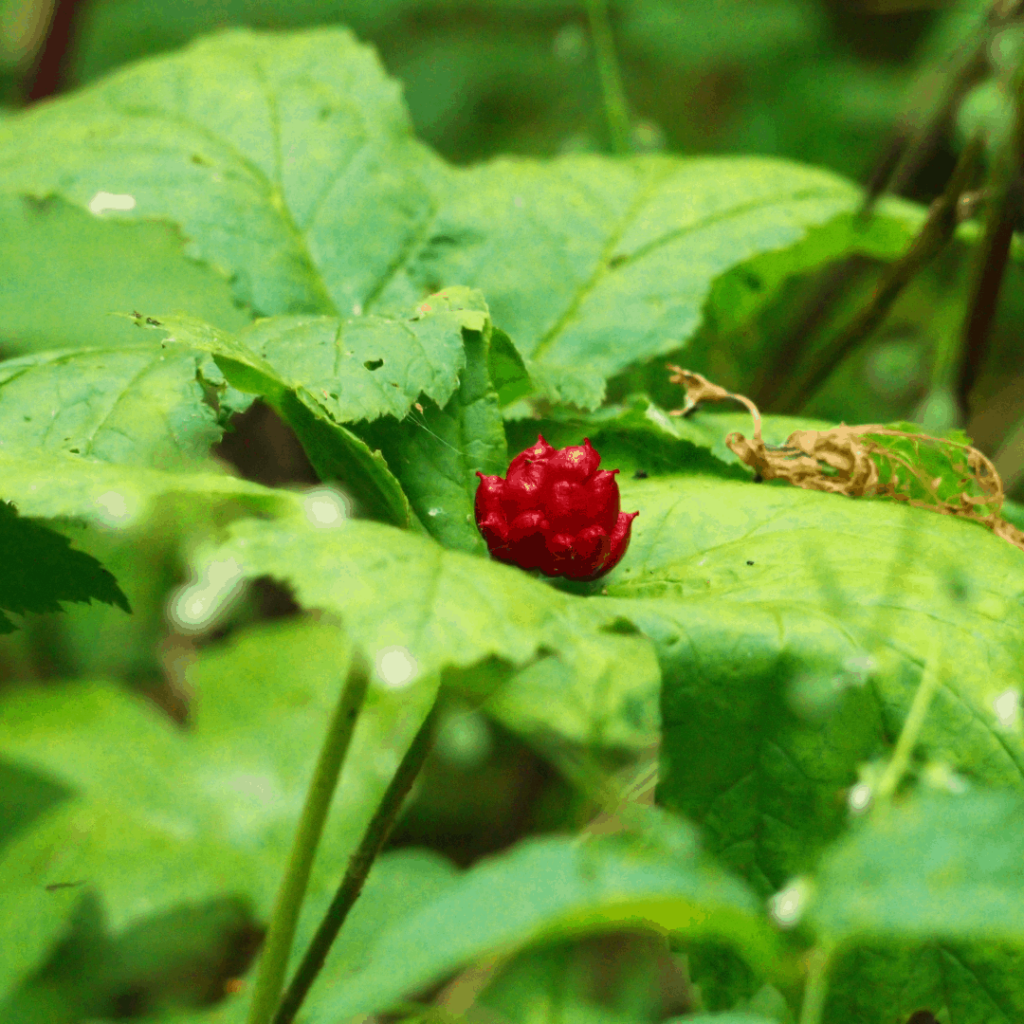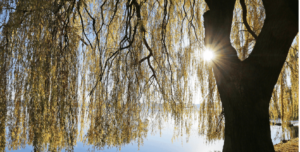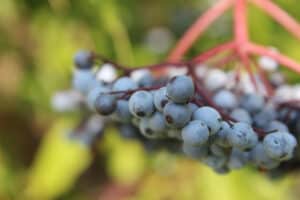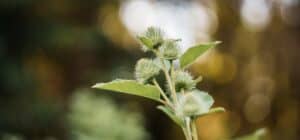Table of Contents
Ethical Herbalism
I want to discuss a topic that feels pretty important as it often comes up in practice. I think it is essential for all herbalists to know what herbs are ethical and what ones are not so we can be true stewards and protectors of Mother Nature and have the ability to replace a specific remedy with something else if needed.
As practicing herbalists, it is common to want to work with a specific remedy but then find that it is not available or is known to have a threatened ecological status. So in this week’s post, I will be talking about how we can decipher what herbal actions are required when evaluating a condition. I will also talk about what other herbs might have similar qualities to a remedy that we want to use but otherwise cannot for one reason or another.
I will be using Goldenseal as an example here because this is a very well-known remedy in the herbal community but has also been over-harvested and is now unfortunately listed as an endangered plant. I will share some great replacement remedies for this special and unique plant. And on a higher, big-picture level, look at a process for what things you’ll want to look for when you need to replace a remedy.
Looking at the bigger picture
This topic came up when I got a question from a student who wanted to work with Goldenseal (Hydrastis canadensis) for a client. The client had what we might refer to as a relaxed tissue state in the mucosal membranes, which ideally would call for the use of Goldenseal. In modern herbalism, we tend to think of it as a natural antibiotic, but traditionally it was primarily a remedy used as a mucosal membrane tonic. So what other remedy could we use instead?
It is good to find an alternative to Goldenseal if we can because it is currently listed as an endangered plant, but you can find ethically sourced Goldenseal as some folks do grow it in shady environments, but I would always check to make sure that your not buying wildcrafted or wild sourced Goldenseal. It’s just unethical in my opinion, but if you use your discernment, ethically grown and cultivated Goldenseal can be sourced and is okay to use.
So how what should we look for to replace this remedy? Well, we need to look at the actions of the plant you want to use, and find another remedy that has similar characteristics and apply that – sometimes pairing it with something else to complete the actions of the endangered plant.
So there are a couple of main things that I think of in regards to Goldenseal. It is an excellent bitter tonic for the digestive system, the liver, etc.; and it is very astringent, so it is an excellent mucous membrane tonic. This is classically how Goldenseal was used to tone the mucus membranes. It works by drying and toning overly loose, lax, leaky mucosa—especially in the gut/digestive tract and the upper respiratory tract (sinuses and throat).
To clarify, a constant runny nose is what we would refer to as the damp relaxation tissue state. I am mentioning this because the student said they have a client with dry atrophy and a constant runny nose. The core tissue state would be damp relaxation because they have relaxed tissues, leaking fluids, and fluids leaving the body that ultimately can lead to dryness. Dryness is the more superficial expression of a deeper tissue state that’s present there. So that is important to understand. If someone is dry because of relaxation, it does not matter how much you try to hydrate them; those fluids are just leaving the body in excess.
This is where astringents and tonics come into play. The irony is that those are usually the opposite remedies that you would think to use for someone who is overly dry because astringents are super drying. So if someone is really dry, why would we give them an astringent? Well, if someone’s getting dried out because fluids are leaving the body, you give them an astringent, and now their tissues can hold those fluids in better, and they will actually become more moist as a result.
I know this is a bit of a tangent, but I always like to discuss the difference between local versus constitutional effect and short-term versus long-term effect. In the sense that an astringent may dry a local tissue by tightening and astringing and tonifying it, in the long-term, the whole constitution will eventually retain fluids and thus have the secondary moistening effect. It is not that the action itself is moistening, but a secondary effect is that you retain fluids and thereby are more moist. So, short-term versus long-term and local versus systemic or constitutional are two necessary polarities to consider when looking at the effect of a medicinal plant. (To learn more about how to identity a constitution, check out this blog post here called ‘Constitution Confusion’)
Goldenseal is a bitter, astringent tonic for the mucosa, and then of course, it has antiseptic properties. Goldenseal’s claim to fame is that it has the alkaloid berberine, which gives it that yellow coloration to the root. Hence the name Goldenseal—golden referring to the color of the root; seal referring to its astringent or sealing, tightening, binding property, and it does have the antiseptic property because of the alkaloid berberine. Of course, this has led to Goldenseal primarily being used in the biomedical model of herbalism as a natural antibiotic. However, this is very much an allopathic approach for the use of this plant, and I believe it has led to excessive use of this gem.
Don’t Look at a Single Constituent of a Plant
To step back and look at how we perceive and understand herbal medicines, Goldenseal is an excellent example of why we cannot just look at a plant solely based on a single constituent and what that constituent does. We cannot pigeonhole a plant and neglect its other properties. We cannot look at Goldenseal and say, “Oh, it has berberine which is an antibiotic and therefore must be a natural antibiotic,” because we then forget about all of its other properties, which in turn can lead to misuse and possible abuse. With a plant with strong humoral effects, like Goldenseal, we can start to see it possibly leading to constitutional imbalances—in this case, over tonifying the mucosal membranes. As a bitter tonic, it is quite cooling, so it can be overly cooling to the body.
So what does this all translate to? It’s contraindicated for our Vata type constitutions—someone who is cold, someone who is dry, tense, constricted, contracted, overtonified (by overtonified, I mean they are tense); this person may have too much tone to the tissues. They are wound up too tight. That is not just psychological and emotional; it can mean that the tissues are more prone to spasm, tension and muscle cramping. We usually want to avoid astringents in those cases because astringents tighten things up even more. So this is where we see Goldenseal is specifically contraindicated for those types of constitutions and those energetic patterns that you notice within people.
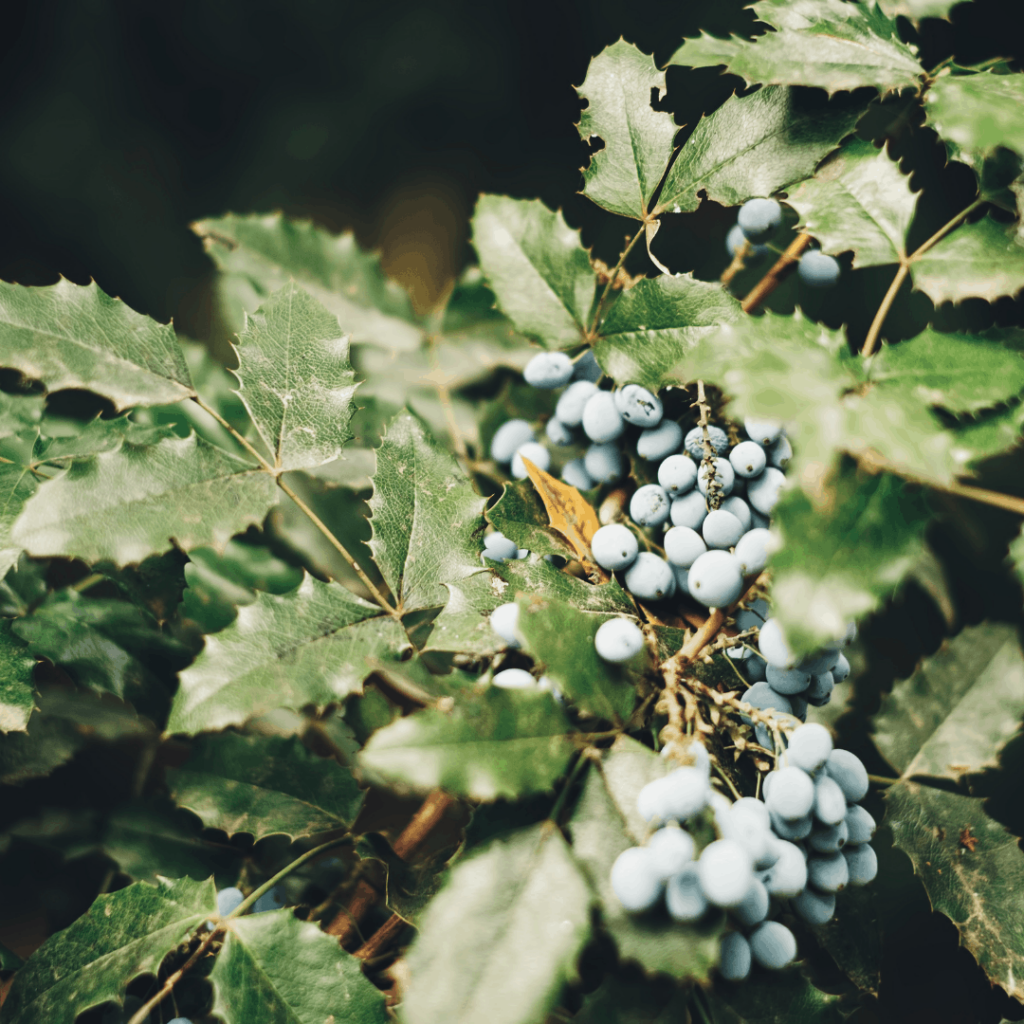
Who is Goldenseal indicated for? I would say for Kapha-type constitutions, Kapha tends to be damp, stagnant, leaky, and lax. These tissues tend to be relaxed, and their psyche tends to be relaxed. These people need digestive stimulation, and they need to drain fluids. They need to tighten up their tissues, so Goldenseal is indicated for the Kapha type – but we have many other remedies that we could use to help with this type of presentation, so we should look to those instead of Goldenseal.
Goldenseal is one of those plants that should ideally be used sparingly. When looking at possible adjunct herbs or replacement herbs for Goldenseal, I think it is essential to look at which attributes of Goldenseal we are working with. Is it just being used as an astringent, bitter tonic? If that is the case, then we could work with some other type of bitter tonic plant, possibly one with astringent properties on its own or in a formula where we add another astringent to it to bring those two properties together.
The one remedy that I think matches that pretty nicely is Oregon grape root (Mahonia aquifolium). This is the closest adjunct to this plant as it is a bitter tonic and has astringent properties. It also has the same antiseptic constituent, berberine. Granted, it is not quite as strong as Goldenseal, but it definitely is there and can be utilized as a replacement – you are still going to get an excellent astringent, bitter, antiseptic action from Oregon grape.
Remedies for Chronic Sinus Problems
So to follow up with my student’s question: we have a client with a constant runny nose, which is a relaxed tissue. One herb that could be applied here is Eyebright (Euphrasia officinalis), which is a good remedy for relaxed tissue state up in the sinuses. It is a crucial herb for hay fever symptoms, like itchy, watery eyes, sneezing, runny nose, postnasal drip, sore throat from the postnasal drip, and Eyebright, or Euphrasia, is a great remedy to consider here.
Another excellent remedy here could be Sage (Salvia officinalis), which is a lovely upper respiratory tract remedy. It is for sure a little bit different from Goldenseal or Oregon grape because instead of being bitter, it is very aromatic, as it has many volatile oils. These volatile oils have antiseptic properties as well. So if the condition is due to an infection, Sage is a great option. It actually would combine well with Oregon grape or Goldenseal. You get an excellent synergistic effect between these plants, where all of them have an affinity for the upper respiratory tract, all of them have astringency, and all of them have antiseptic properties. The difference here is that the Oregon grape or Goldenseal is bitter and cooling. The Salvia is aromatic, pungent, and warming. Together it makes for a nice balanced effect. So Salvia is a great option.
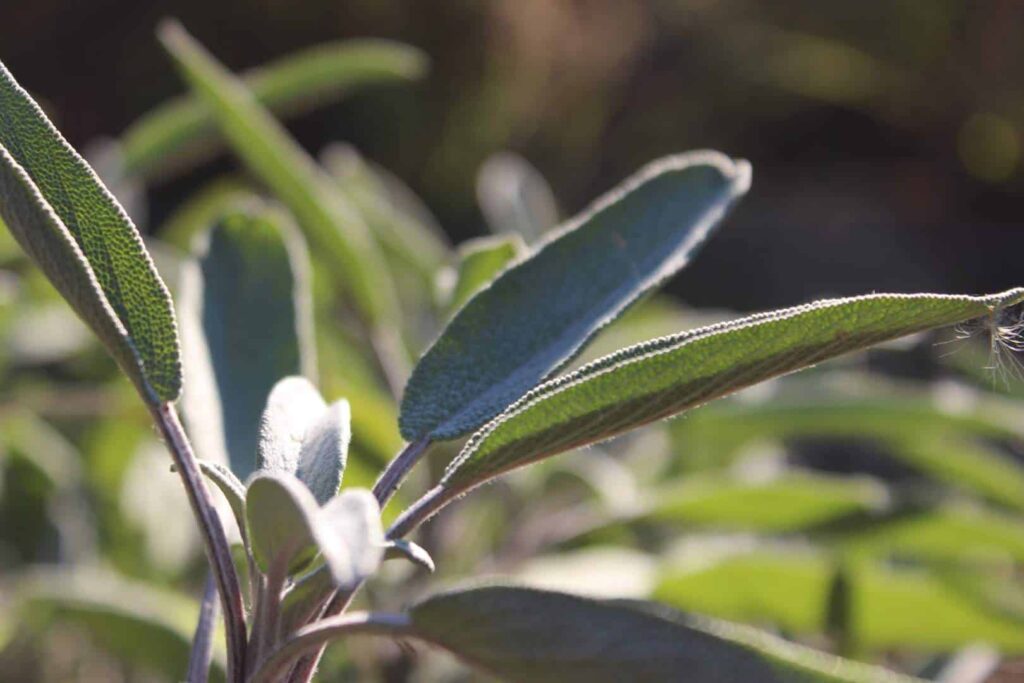
Another excellent remedy that’s a good astringent for the upper respiratory tract is the plant Yerba mansa (Anemopsis californica). Yerba mansa is a Southwest remedy that is super astringent and perfect for the upper respiratory tract. It has some pungent properties to it as well, but it is perfect for a runny nose, especially a chronic one as it tonifies the mucosa quite effectively and quickly.
Those are some of the main astringents that I am thinking about for the upper respiratory tract, specifically for a runny nose and lax mucus membranes. So the main action you are going for is an astringent that will tighten and tonify a relaxed mucosa.
For folks who have a chronic runny nose, chronic postnasal drip, chronic sinus infections, or chronic sinus stuff in general, one more consideration that I think is worth mentioning is that of a dairy intolerance or allergy. See what their dairy intake is like, as these symptoms can often be traced back to this. Perhaps strongly encourage them to do a six-week elimination of dairy and see if that helps clear things up.
Okay, I hope that was a little helpful for those curious about what you need to look for when you need to find substitutes for remedies you do not have, or perhaps a plant is on the endangered list.
Take care and be well,
Sajah
PS. If you would like to learn more about at-risk and endangered plants, you can find more information from the United Plant Savers website.


